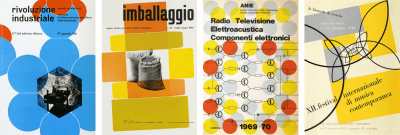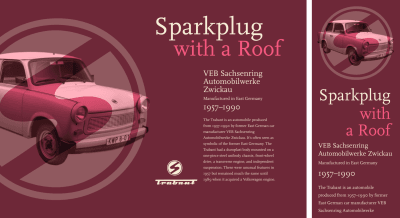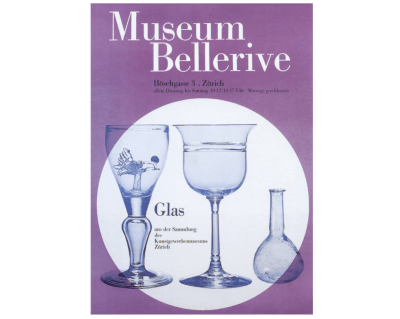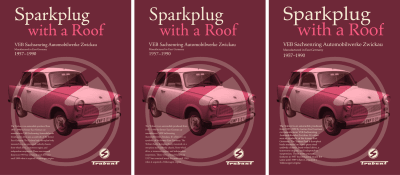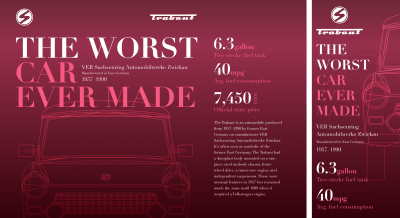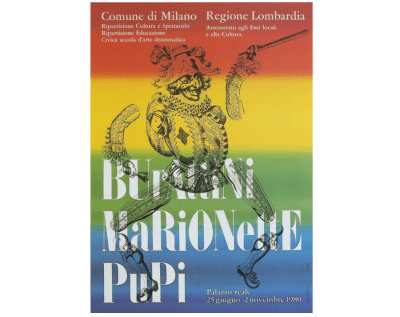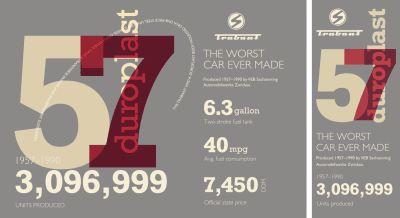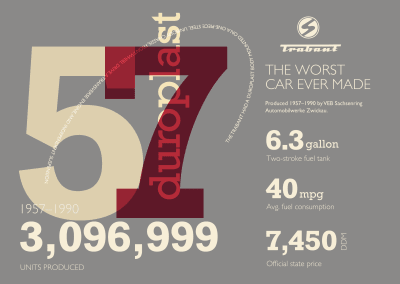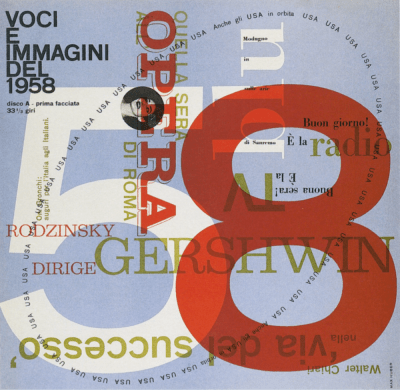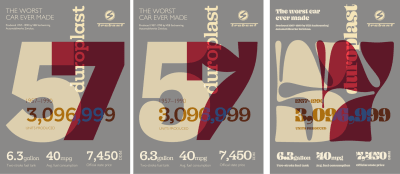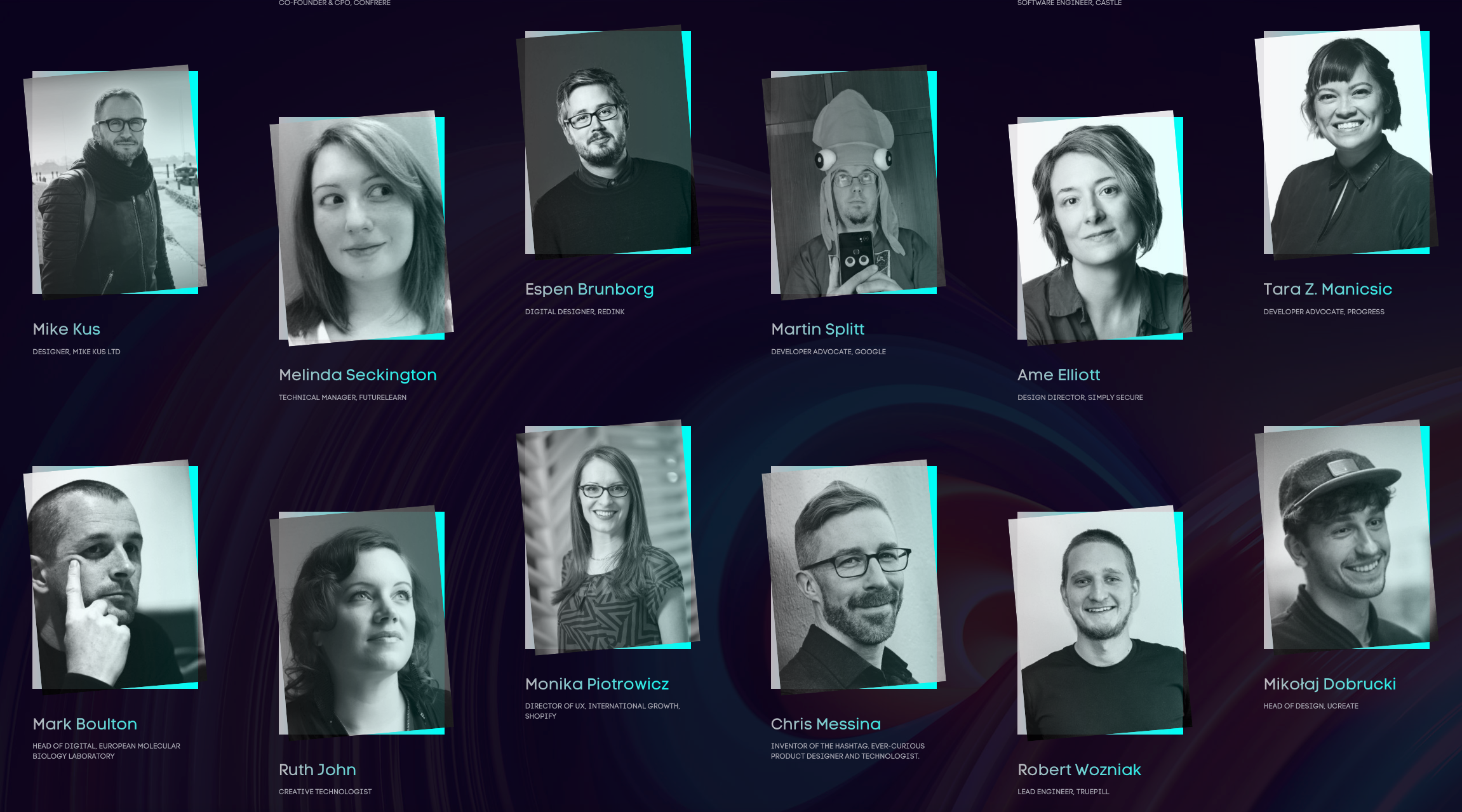Many millions of people dream of flying the coop and spending time working abroad.
The opportunity to work abroad is a popular prospect, one undimmed by the years of restriction due to the pandemic and made only more accessible thanks to hybrid working and the rise of the digital native.
However, despite the still-growing desire to work abroad, many people — including professionals in the IT sphere — don’t know where to start. With that in mind, I wanted to write the ultimate guide for finding international employment opportunities.
The article primarily aims at seasoned developers, focusing on where to look for jobs, how to apply, and how to prepare a resume to get called for interviews. I will explore the dos and don’ts during international job interviews and hopefully provide the right sort of advice that should be able to help any IT professional, at any stage of their career, be able to seek out career options abroad.
So, let’s dive in!
Table of Contents:
- How To Prepare Your Resume
- Where Do You Find An International Developer Job?
- Your Primary Considerations
- Relocation, Preparation, And Moving
Let’s start with the basics — your resume.
The critical thing to remember about creating a resume for an international employer is the relevance and flexibility of skills to match your target company’s needs and their specific market.
While there are some hard and fast rules to resume writing that apply no matter where you’re sending an application, your resume needs to be tailored to your new market. This is where a little research goes a long way.
I’ll give you an example: In Malaysia, it’s considered good practice to include your personal details like marital status or date of birth on your resume. However, in other markets, these sorts of details (especially around age, sex, or marital status) are unnecessary or, in some cases, considered inappropriate.
So choose the information you share wisely! Your resume has to reflect your desire to relocate to your chosen market/region, it has to be hyper-personalized in approach, and it needs to sound like you’re passionate about your work.
Resume Length, Format, And Size
- Depending on your skill set and experience, the details in a developer resume will vary, but I stand by my rule of not making a resume more than 2 pages.
- Your resume should be formatted in a simple, easy-to-read font (Lato, Merriweather, or Helvetica, for example).
- You should also include succinct summaries in sections like About Me or Key Achievements. Keep it short, keep it direct, and don’t repeat information.
Achievements
- Instead of giving generic lists of tasks/duties/responsibilities, I advise you to clearly communicate your achievements and accomplishments, with statistics to back them up. This will help you stand out from other applicants.
For example, if you helped develop an app, make sure you include a variety of proven KPI deliverables, such as engagement KPI metrics, UX KPI metrics, and revenue metrics, rather than just a final product showcase:
Developed a social sharing feature using Android Studio, which increased downloads by 150% in the first three months.
Language
- Use strong action verbs, such as built, led, deployed, reduced, developed, automated, managed, re-architected, implemented, designed, overhauled, and so on to describe your experience/accomplishments. They will bring a confident tone to your resume.
- Use industry-specific adjectives like scalable, fault-tolerant, multi-threaded, and robust (to name a few) to highlight your expertise.
Tailoring
- Tailoring doesn’t mean changing every line of your resume. It means adapting the direction and desire of your resume for a specific employer and their market.
- Tailoring your application can take many forms: you can write a personalized cover letter, adapt your introductory paragraph to reflect your desire to work at a specific company, add specific terminology used in the job listing you’re applying for, or angle your achievements to the market and needs of a particular employer. It shows you’ve done your research and are willing and able to adapt your skill set to the needs of an employer abroad.
For some great advice on writing an effective developer resume, head to Stack Overflow and FreeCodeCamp for a further deep-dive.
Where Do You Find An International Developer Job?My advice is to build a strategy based around four key international job-seeking means:
- Job boards and aggregators;
- Networking and network news;
- International recruitment agencies;
- Boolean search logic on Google.
Jumping onto Google and leaving your international career in the hands of algorithmic fate is not the way to approach getting a developer job abroad.
Job Boards And Aggregators
Job boards and job aggregators (the differences between the two are sometimes vague but transformative to the scale of your international job search) are a popular and effective first port of call for job hunters.
I suggest using job boards for specificity (specific markets and employers in certain countries) and aggregators as overview searches (a generalist overview of where employers are hiring the most and in what sectors).
It’s also important to utilize international job boards that have filters for “relocation” and “visa sponsorship.” In other words, fish in the right pond. Here are some sites I recommend:
- AngelList Talent is now one of the go-to websites for finding a tech job with a startup.
You need to sign up and complete the mandatory profile information in order to filter for positions that offer visa sponsorship. Once you’re all set up on the site, you can enter your search parameters at https://angel.co/jobs.

If you open the Filters tab, you’ll find a section called “Immigration.” Choose “Only show companies that can sponsor a visa” to narrow your search appropriately.

If you don’t turn on this filter, you’ll find all jobs that meet your other criteria, regardless of whether they offer visa sponsorship.
- Relocate.me is a job board for IT professionals (mainly software engineers) that is designed with relocation in mind.
You can see job opportunities in Europe, Asia, and North America from verified employers who offer relocation benefits. The listings include specific details about the relocation packages, making it easy to compare your options.

- Japan Dev is a job board for finding a variety of tech jobs in Japan.
This site features hand-curated jobs from companies that have immediate openings. You can search for positions that offer relocation benefits by clicking the “Jobs with Relocation” button on the home page. You’ll be taken to the Jobs page, where you can further refine your search.

Most of the listings are for software developers and programmers, but other positions for those who work directly with developers are listed as well.
- TokyoDev is another site that helps foreign developers find positions in Japan.
You’ll be able to filter your search with labels such as “No Japanese Required,” “Apply From Abroad,” “Residents Only,” and so on.

- Landing.Jobs is specifically for tech jobs in Europe, with a focus on Portugal.
When you’re looking for jobs through this site, be sure to find the “Visa & work permit” filter section and select the options you need.

- SwissDevJobs is, as the name indicates, specifically for IT jobs in Switzerland.
The site is well-designed, with a modern and easy-to-navigate UI. In the advanced filters, you can narrow your search down to only show jobs that provide visa sponsorship with a simple checkbox.

- Arbeitnow is based in Berlin and features positions in Germany. It makes it simple to filter for jobs that provide visa sponsorship and many other options.

Indeed, LinkedIn Jobs, SimplyHired, and Monster are major job aggregators that can be very effective when searching for developer jobs abroad if you use the appropriate keywords.
When searching on LinkedIn, for example, you should add “relocation,” “visa support,” or “visa sponsorship” into the keywords tab, and select the city/country/region that’s your choice for relocation. Of course, some searches can come back with opportunities not quite suited to your situation, but using relevant keywords does a good job of filtering them out.

The same method works for Indeed, Monster, and other similar aggregators. Include “relocation,” “visa sponsorship,” or “visa support” along with your job title (or other keywords) in your search.

Networking And Network News
Networking takes time but is a highly effective source of referral recommendations. Utilizing social networks (LinkedIn, GitHub, Twitter, and even Instagram) is a highly personal and effective way of making connections with hiring teams and business leaders worldwide.
But I also urge the eagle-eyed developer to look at the market and network leaders like Hacker News’ Ask HN: Who is hiring? and TechCrunch to see where the movers and shakers are in the tech world and where upticks in hiring are occurring. You can then use these media-led referrals to directly approach companies and hiring managers online, via social media channels, and through their own websites.
International Recruitment Agencies
For a complete end-to-end application handling service, specialist developer support is available for those looking for a little more hands-on guidance via international recruitment agencies.
My suggested best first ports of call are international talent acquisition agencies like Global Skills Hub, Zero to One Search, Toughbyte, Orange Quarter, and TechBrainJobs, amongst others.
Tech companies often outsource hiring international talent to recruitment agencies, so going through a recruitment agency can be very beneficial. In addition to helping you find the right position, a good recruiter can fill you in on all of the relevant information on a company, including company relocation policy, benefits, and more.
Boolean Search
The trick to finding unadvertised yet very alive jobs is by using a rarely-utilized search tool strategy called Boolean logic.
Boolean logic refers to an algebraic formula that creates a clear “true” or “false” value to a data type by using “operator” terms while searching for jobs. For job seekers, “data type” refers to a job vacancy query, and “operator” terms refer to the words used to search for the jobs!
So, applying Boolean logic to a job search very quickly gives you a highly relevant shortlist of live jobs from your chosen country, region, or industry and even from targeted companies’ applicant tracking systems like Lever, Workable, and Greenhouse!
It sounds complex (and the theory behind it is), but the search terms are super effective and simple to deploy. As Reed highlights in their piece on Boolean job searches, “You can use keyword searching almost everywhere, ranging from big search engines through to search functions within smaller sites.”
So, how does it work?
You add the relevant “operator” terms into your search platform or site that refer to specific jobs, skills, or criteria you’re looking for. It’s not as complex as it sounds!
These operator terms are the following:
AND: for job searches containing multiple keywords, for example, developer AND javascript AND python will guarantee search results with only those primary keywords as priority indexed terms.OR: for job searches where one of several keywords are prioritized, but not all of them need to be. For example, web developer OR software developer will bring you back jobs with both web and software developer in the title or text, but no other jobs.""marks: used in searches for a particular phrase or term. For example, putting"mobile developer"into a job search will only bring back mobile rather than other developer roles.*: for searches where you want to start with a certain term. For example,*Engineerwill return all jobs that start with the term Engineer, such as Engineering Manager.( ): when you want to group certain job criteria together. For example, software developer (startup and python) will only bring back specific jobs that fit the startup and tech stack mold you’re looking for.
Example: (site:https://jobs.lever.co OR site: https://apply.workable.com) (engineer OR developer) AND android AND (relocation assistance OR relocation support OR relocation package OR visa sponsorship OR visa support)

Ex-Amazoner Kip Brookbank has a great article on LinkedIn about using Boolean searches to source a job. Make sure to check it out!
Put It All Together
The end result of using all four strategies above is a highly targeted, specific, niche, and personal job search that utilizes the best of digital job searching tools and the international recruitment consultant market.
But above all else, the above four points should drive home the feeling that you can get the perfect international tech job with a bit of patience and consideration using these very effective, free tools at your disposal.
By using each specific search platform’s own location tools, you can narrow down the right sort of opportunities for you. Recruiters offer advice, targeted recruitment support, and hands-on help finding a role. Through networking, you can get job referrals. Finally, using Boolean search removes a lot of the stress of sifting through hundreds of jobs.
Your Primary Considerations When Looking For A Developer Job AbroadNow you’ve got your resume sorted, and you’re utilizing a raft of different strategies to source your new developer role abroad. So what are your primary considerations beyond clicking the “apply” button?
My advice is to start by building an application strategy (or multiple strategies) that will handle the complexity of relocation and which will keep you focused on building a foundation of credible, flexible professionalism in the eyes of your new employer.
These strategies include some of the points raised above and further details on referral systems, social media approaches, and watching out for red flags!
Application Strategies
My top 5 applications strategies are:
- Apply through specific job boards or aggregators.
As mentioned above, utilize all digital options at your disposal. - Apply with information from company websites.
Go directly to your chosen company or use Boolean search terms to shortlist your chosen jobs better. - Seek referrals.
One of the most versatile and personal job search channels, referrals are found via your network and network news. - Contact your target companies’ HR departments through LinkedIn or email.
Utilizing social media is no bad thing, and LinkedIn is your primary weapon. - Watch out for red flags.
Get yourself savvy about what constitutes a poor job advert (Workable provides some eye-opening advice on bad job ads), and use Glassdoor and Blind to sift through companies with bad reviews. You might dodge a career bullet by doing so.
Interview Preparation
In my experience working with incredibly exacting tech talent, sometimes the basics of interview prep can get lost in the melting pot of assessment testing and high-value candidate handling.
There are some absolutely crucial dos and don’ts for getting a developer job abroad you must adhere to:
Do:
- Learn about the company.
Do your research, understand your employer’s journey, and get under the skin of their company’s purpose and mission. - Look up interview questions that the company may ask and consider your answers.
Prepare for any and every question, from coding to critical thinking, from teamwork to timekeeping. - Prepare your own questions to ask to show your interest.
Your research should guide the types of questions you want to ask your prospective new employer. This is your one chance to mine them for information! - Be on time. A basic interview must is not be late.
- Reiterate your desire to relocate and your plans to do so.
Although I do go into more detail on this below, international employers will want to know how you plan to factor in a relocation into your application. Better to be prepared than caught out.
Don’t:
- Criticize or otherwise speak poorly about former or current employers.
It’s not a good look, shows a lack of professionalism, and will reflect poorly on your exit strategies. - Imply that your main interest in the job is relocation.
Although relocation is important, it shouldn’t be the main reason for moving as it makes the job sound like a means to an end. - Say “I don’t know” during the interview.
Contrary to popular belief, you are allowed to make mistakes in an interview. But rather than so you don’t know, say you’d be happy to provide an answer for it in a follow-up interview or post-interview as you don’t have the right information to hand or something to that effect. In short, indicate you may not know now, but you can find out easily. - Ask about salary, bonuses, and benefits during the interview.
Interviews are designed to determine whether you have the character, skills, drive, and determination for a role. The salary and bonus conversation will come later. It’s not a conversation for now unless an interviewer asks you directly. My advice is to be prepared and know your worth! - Forget details on your resume.
You will be asked about certain points on your resume, and your interview will ask you to elaborate on key points. You must know your resume back to front. If you don’t, you run the risk of looking half-prepared and out of your depth.
How To Negotiate A Job Offer And Navigate Discussions About Your Salary
Contract, salary, and compensation negotiation is a vital moment in your international developer job search. This discussion is not just about money alone; this is your opportunity to talk about everything from relocation packages to IP rights, expat taxes, and more.
- First things first, do your research.
Understand the expectations for tech talent in the market (and for the size of the company) you wish to relocate to, and formulate an idea of what you’d want from your pay packet commensurate with the situation of your ideal employer. - Be careful about offering salary expectations.
The best way to approach a discussion around salary is to ask for an offer first rather than put in your expectations based on your research. See if the offer meets your idea of fair pay and relocation package (if offered). - Relocation packages
Does your new employer help with relocation, and if so, by how much and at which stage? - Negotiate perks and benefits
From subsidized travel to commute costs, your employer needs to put a whole package in writing.
Other negotiation considerations should be:
- Factor in expat taxes: do you pay more tax while working abroad?
- Discuss intellectual property rights: do you retain any IP in the course of product creation, or are there other options available?
- Ensure agreement is enforceable: international employment contracts can be a foggy minefield to navigate through, so do your research regarding everything from employer’s rights to e-signing capability.
Relocation is a complex, emotional, and risky endeavor, and never one a developer should take lightly. I advise relocating developer talent to run through a pre-travel hitlist to guarantee smooth sailing:
- Learn everything you can about your destination.
The first thing you should do is deep-dive into the place you’re moving to, from intercity travel to the nuances of the local language. It’ll help reduce the culture shock of the first few weeks and months in a new place. - Visit your new location before your move.
I appreciate international travel isn’t cheap, but if it’s possible to visit pre-move, you’ll benefit from a bit of a headstart with getting around and making some local connections. It’s also beneficial when it comes to meeting potential landlords, work colleagues, and so on. - Determine the cost of living in your new location.
Cost of living fact-finding will be done around the negotiation stage. Still, it’s worthwhile understanding how far your salary will stretch and any nuances around pay and tax bandings, cost of living, rent, food, travel, and the like. That’s where websites like Numbeo come in handy. - Understand what’s included in your relocation package.
This is vital. How much of your travel, accommodation, or relocation will be subsidized, if at all, by a new employer? This is a cornerstone of your financial planning arrangements. - Consider your family’s requirements in your planning.
Finally, although it should never be far from your mind and it no doubt won’t be, your family is an important factor in your relocation. I urge you to include them as much as possible in the process and remember the emotional toll of moving away from home to a new country, as much as the physical and financial.
Finding a developer job abroad is a labor of love — one that has to take stock of everything from financial planning to tweaking and perfecting your resume for an international audience.
It takes a lot of preparation, but the results of a well-planned international job search are incredibly rewarding.
Moving abroad for work is one of the most rewarding and life-changing things you can do, especially if you’re a talented worker with an in-demand skill set like software development.
The world is your oyster!



